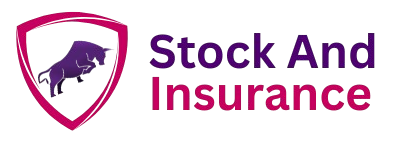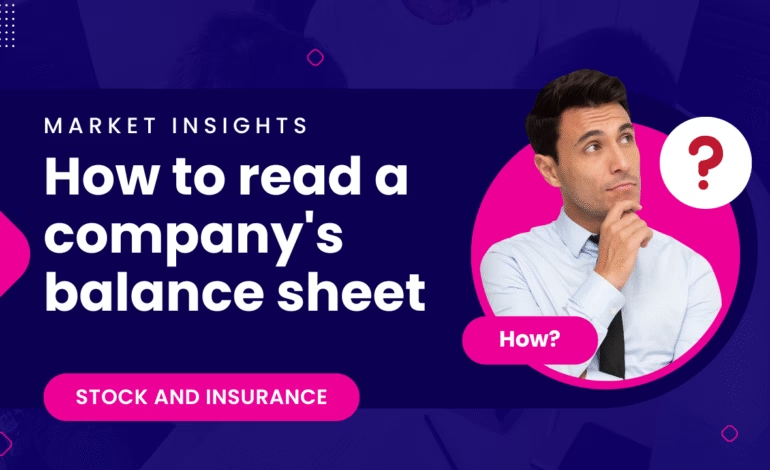
Why Millennials Need Retirement Planning Today
Retirement planning for millennials and best financial planning tools for millennials is no longer a future topic. It’s today’s urgent need.
If you’re a millennial (born between 1981 and 1996), you already know the financial landscape is different from your parents. Rising housing costs, student debt, job hopping, and even the idea of remote work and side hustles have transformed the way we think about money.
But here’s the uncomfortable truth: millennials who delay retirement planning risk working far longer than expected.
Fun Fact: According to a Fidelity survey, millennials on average believe they need $1.3 million to retire comfortably. Yet most have saved less than $50,000.
This blog is here to help you break that cycle. Not only will we dive into retirement planning for millennials, but we’ll also explore the best financial planning tools that make the process easier.
Why Start Retirement Planning Early as a Millennial?
Let me ask you this:
If you started saving $500 a month at age 25 with an average 8% annual return, how much would you have at 65?
- One reader guessed $300,000.
- Another said $1 million.
Correct Answer: Over $1.5 million. That’s the power of compounding.
Now, imagine waiting until you’re 35 to start. You’d only end up with about $680,000, which is less than half.
See the difference? That’s why retirement planning for millennials and best financial planning tools for millennials is about time leverage more than money.
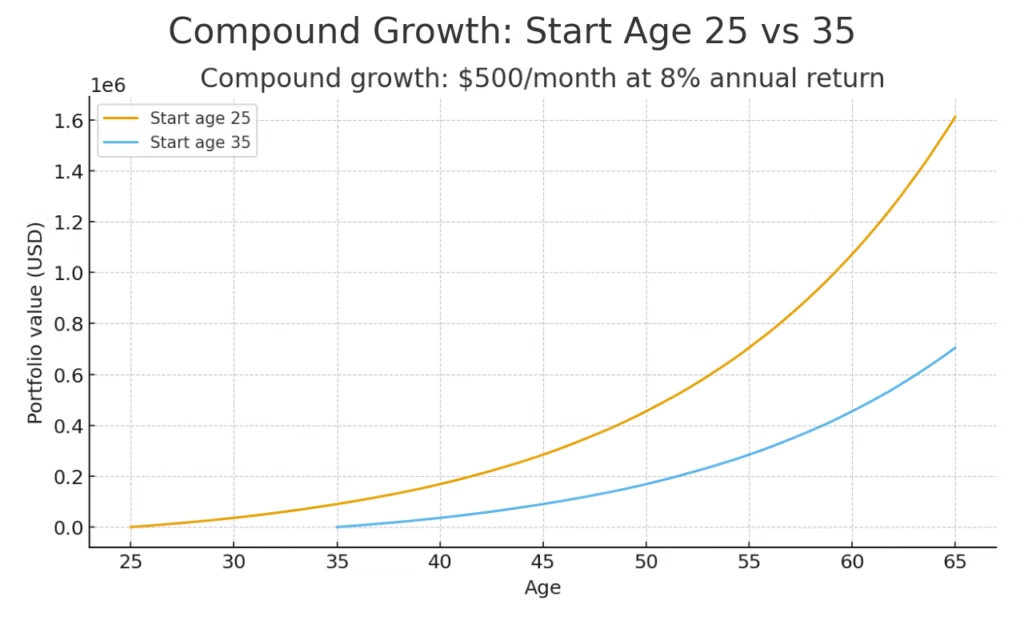
Common Retirement Planning Mistakes Millennials Make
Here are some pitfalls I’ve personally seen in coaching millennials:
- Relying only on a 401(k) or employer plan
While helpful, these are not enough in isolation. Inflation eats into returns if you don’t diversify. - Thinking “retirement is too far away”
Millennials often prioritize immediate goals like buying a car, paying off loans, or vacations over long-term wealth. - Ignoring inflation and healthcare
A $3 coffee today could cost $10 by retirement. Similarly, healthcare is one of the largest expenses post-retirement. - Not using technology and tools
Millennials are tech-native but surprisingly underutilize financial planning apps and robo-advisors. - Lack of international exposure
Many only invest domestically, missing global ETFs, REITs, or emerging market opportunities.
Quiz Time for you
Q: What’s the biggest advantage millennials have in retirement planning?
- A) Access to robo-advisors
- B) Lower cost ETFs
- C) Time on their side
Drop your answers in the comments.
Answer: C) Time on their side.
Yes, ETFs and robo-advisors are great. But nothing beats starting early. That’s why the best financial planning tools for millennials work best when used now, not later.
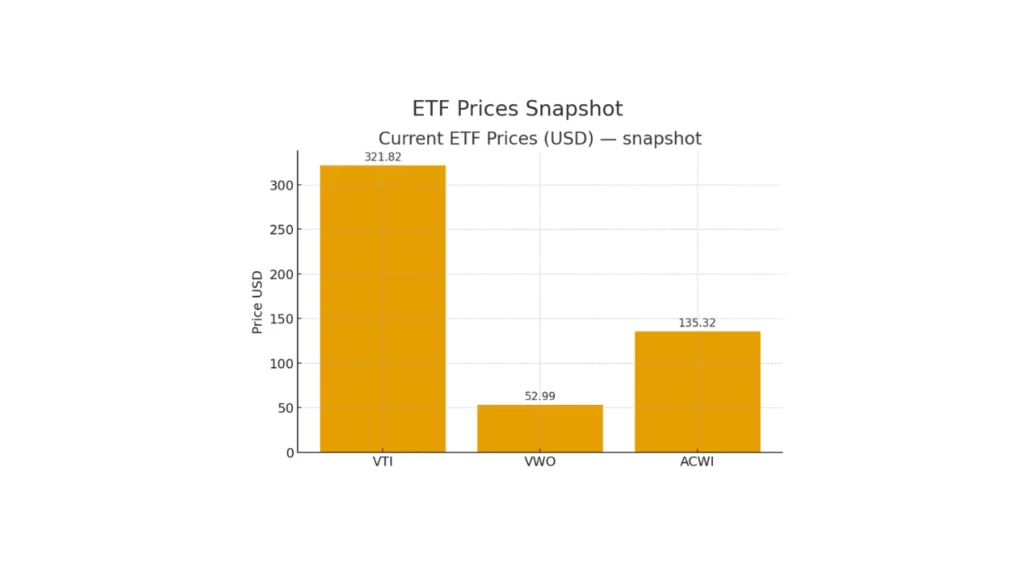
The Role of Financial Planning Tools in Millennial Retirement
When we talk about retirement planning for millennials and best financial planning tools for millennials, it’s not just about savings accounts or employer pensions. Millennials have the unique advantage of growing up with digital solutions.
From robo-advisors to budgeting apps, these tools help automate decisions and provide real-time clarity on money management.
Imagine this scenario:
You’re 28, working a hybrid job, and juggling student loans while trying to save. Instead of manually calculating spreadsheets, a tool like Personal Capital can track spending, analyze investments, and even project your retirement balance.
That’s like having a personal financial planner in your pocket without paying $200 per hour for advice.
Best Financial Planning Tools for Millennials
Let’s break down the top tools every millennial should explore.
1. Robo-Advisors
Platforms like Betterment and Wealthfront are favorites in the US, while Nutmeg in the UK and Stockspot in Australia cater to other Tier 1 markets.
- Why It Works: Automated portfolio rebalancing, tax-loss harvesting, and low fees.
- Example: A 30-year-old saving $500 monthly can use Betterment’s aggressive growth portfolio. With a 7% return rate, they could retire with over $1.2 million by age 65.
2. Budgeting Apps
Apps like Mint, YNAB (You Need A Budget), and PocketGuard simplify budgeting.
- Why It Works: Millennials often underestimate “lifestyle creep” (higher spending with higher income). Budgeting apps give visibility.
- Quiz for You:
How much does the average millennial spend monthly on subscriptions (Netflix, Spotify, etc.)?
Is it $30, $50, $100?
Correct Answer: Roughly $90–$120/month. That’s over $1,000 annually, which could be invested instead.
3. Investment Tracking Platforms
Tools like Morningstar, Yahoo Finance, and Portfolio Visualizer help analyze performance.
- Why It Works: Tracking helps millennials understand risk vs reward.
- Example: If you invested $10,000 in an S&P 500 ETF in 2013, by 2023 you’d have over $34,000. Tools like Morningstar show this history clearly.
4. Retirement Calculators
Fidelity, Vanguard, and NerdWallet all offer retirement calculators.
- Why It Works: They use inputs like age, salary, savings, and lifestyle goals to estimate how much you need.
- Example: A millennial earning $70k/year, saving 12%, and aiming for a $1.5M nest egg can instantly see if they’re on track.
5. Debt Management Tools
Many millennials face student loans and credit card debt. Tools like Undebt.it or Tally help create repayment strategies.
- Why It Works: Debt is the #1 retirement killer. Freeing up $300–500/month in debt payments means more money to invest in ETFs or retirement accounts.
How These Tools Fit into Retirement Planning
Here’s a practical roadmap:
- Use a budgeting app -> find extra cash.
- Pay down debt using debt management tools.
- Start investing small with a robo-advisor.
- Track your progress with investment platforms.
- Re-check goals annually with a retirement calculator.
This layered approach keeps you disciplined and adaptable.
Comment Corner
Your Question:
“I’m 27, just started working full-time, and I feel overwhelmed with where to start. Should I focus on debt or retirement first?”
Answer: Great question! The best approach is a hybrid:
- Pay off high-interest debt aggressively (like credit cards).
- At the same time, contribute at least enough to your 401(k) or employer-matched retirement plan, it’s free money.
Real-Life Example: Sarah’s Story
Sarah, a 29-year-old millennial in Canada, used Wealthsimple (robo-advisor) to invest her side hustle income of $300/month. At the same time, she tracked her expenses on YNAB.
- After 2 years, she paid off her $5,000 credit card balance.
- Her investment portfolio grew to $9,000 with minimal effort.
This balance of discipline + tools turned her stress into confidence.
Step-by-Step Roadmap to Retirement Success
Retirement planning for millennials and best financial planning tools for millennials doesn’t need to feel overwhelming if you break it into actionable steps. Here’s a practical roadmap you can follow:
Step 1: Define Your Retirement Lifestyle
- Do you dream of traveling the world?
- Or do you want a cozy suburban home near family?
Mini Quiz for You:
How much does the average American couple need annually in retirement?
- A) $25,000
- B) $50,000
- C) $75,000
Answer: Roughly $50,000–$60,000 per year (depending on lifestyle and location).
Step 2: Calculate Your Retirement Number
Use tools like Vanguard’s retirement calculator or NerdWallet’s planner. For instance:
- A 30-year-old millennial wanting $1.5M by age 65 would need to invest around $500/month at 7% annual growth.
Step 3: Build a Balanced Portfolio
ETFs, index funds, and fractional investing platforms are game changers.
- US investors: Vanguard Total Stock Market ETF (VTI) or SPDR S&P 500 (SPY).
- UK investors: iShares Core MSCI World ETF.
- Canada/Australia/Singapore: Local ETF options via platforms like Wealthsimple or Saxo.
Diversification across global markets is no longer optional. It is essential.
Step 4: Automate and Review
- Automate contributions via payroll or app-based auto-transfers.
- Review progress annually.
- Adjust your risk tolerance as you age (shift from high-growth to income-focused assets).
Step 5: Protect Your Retirement Plan
- Build an emergency fund (3-6 months of expenses).
- Insure against medical emergencies and unexpected events.
- Avoid lifestyle inflation when you get salary hikes.
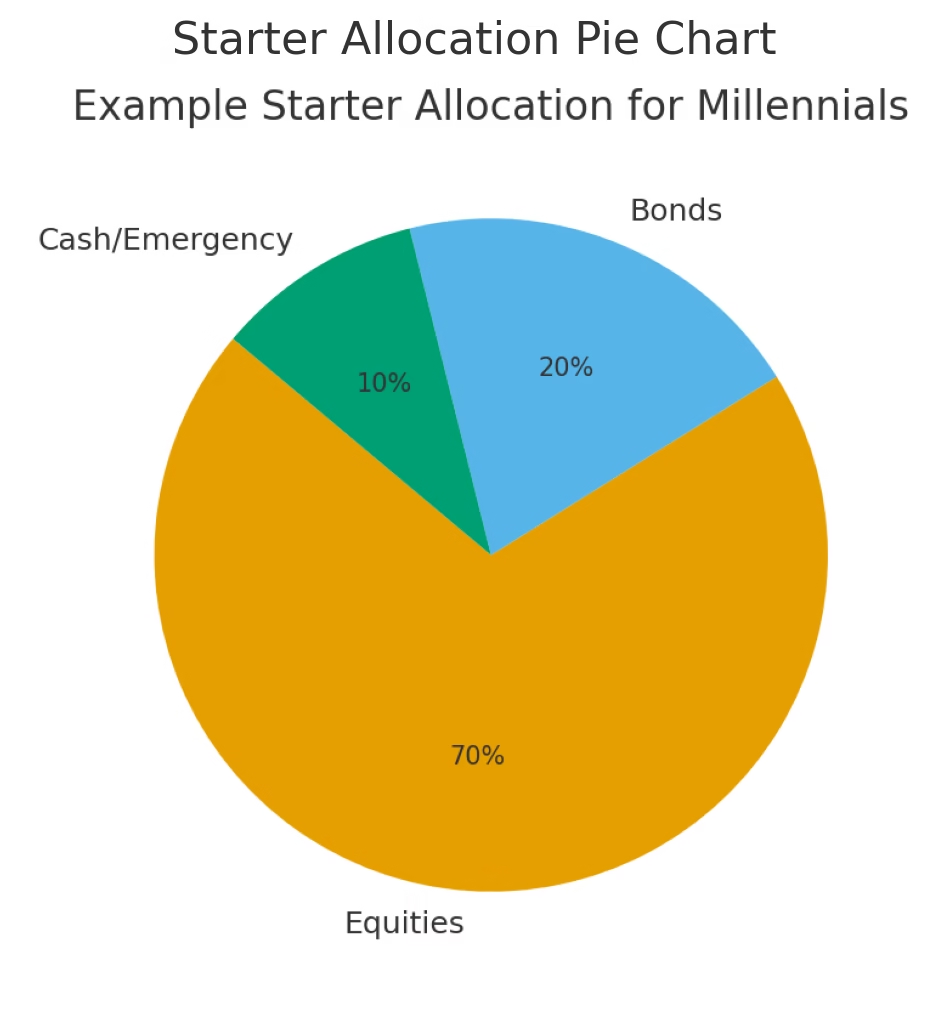
Common Mistakes Millennials Make in Retirement Planning
- Waiting Too Long
Every year delayed = thousands lost to compound interest. - Focusing Only on Debt
Yes, debt is bad, but neglecting investing means missing out on long-term gains. - Not Using Employer Benefits
In the US, ignoring a 401(k) match is literally leaving free money on the table. - Chasing Hot Investments
Crypto, meme stocks, or high-risk bets can derail your portfolio. Balanced, boring, and consistent usually wins.
I don’t earn much right now. Can I still start retirement planning?
Absolutely! Even $50–$100 a month in ETFs or a robo-advisor can grow into six figures over decades. Small steps today compound into massive results tomorrow.
Which tool should I start with first?
Begin with a budgeting app like Mint to free up cash, then set up a robo-advisor like Betterment. Once you have momentum, add investment tracking platforms.
Should I invest globally or stick to my home country?
Global investing reduces risk. For example, in 2022 the US market struggled, but some Asian and European ETFs performed better. A global portfolio smooths volatility.
Case Study: Millennial Couple in the UK
Emma and James, both 32, earn around £55,000 each.
- They used Nutmeg (robo-advisor) to invest £600/month into global ETFs.
- They tracked progress using Money Dashboard.
- They cut unnecessary subscriptions and redirected £100/month into investments.
After 5 years, they’ve already accumulated over £45,000 in retirement savings on track for a seven-figure nest egg.
If you’re in your 30s and serious about financial independence, you can also explore our detailed guide on 10 strategies to build wealth in your 30s. It complements this retirement planning roadmap by giving you practical, age-specific wealth-building tactics.
My Final Thoughts
Retirement planning for millennials and best financial planning tools for millennials is not just about money. It’s about freedom, security, and the ability to live life on your own terms.
Millennials have a unique advantage: digital tools, global investing options, and early awareness of financial literacy. Starting now, even with small steps, can mean retiring with confidence instead of stress.
Remember:
- Start early.
- Use the right tools.
- Stay consistent.
Your future self will thank you.
